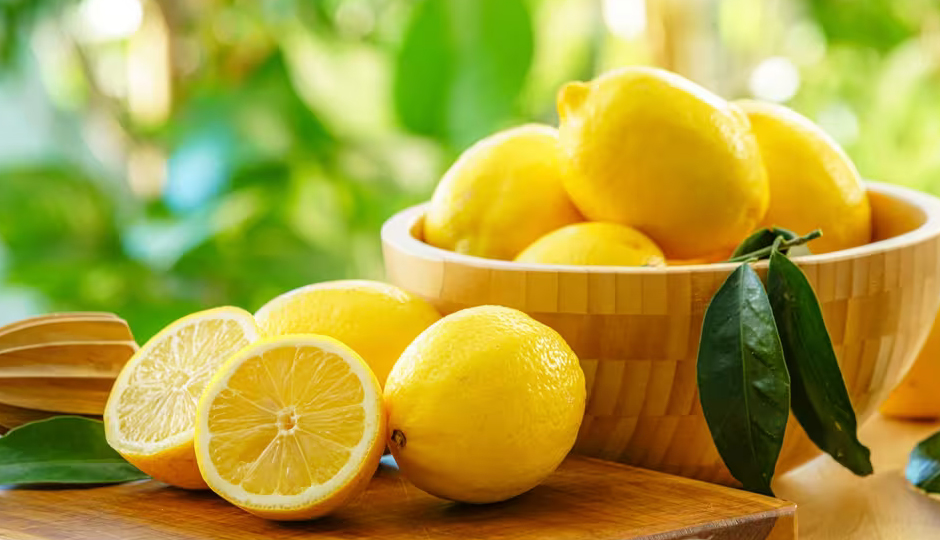10 Remedies That Will Help You Treat Skin Infection
By: Priyanka Maheshwari Fri, 15 Sept 2023 7:06:53
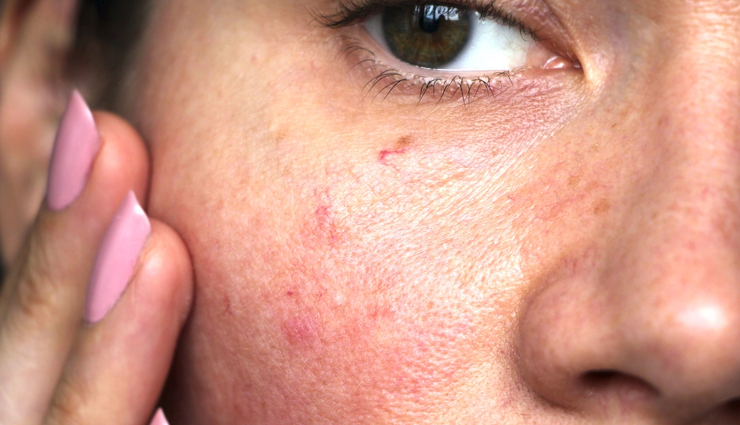
"How can you naturally address a skin infection? What are some effective home-based remedies for skin infections? Let's explore some options!
Our skin serves as the primary defense against viruses, bacteria, and fungi. When it becomes infected, it poses a significant risk. While severe infections require professional medical attention, minor skin infections can often be prevented or managed at home. You don't need to be a dermatologist to do so. There are numerous uncomplicated home remedies for addressing skin infections, which can serve as alternatives for managing skin problems. However, it's crucial to consult a dermatologist before attempting any home treatments, but you can consider these remedies for immediate relief.
Before delving into the list of home remedies for skin infections, let's first clarify what constitutes a skin infection and explore the various types of such infections. Keep reading for more details."
A skin infection occurs when bacteria, parasites, viruses, or fungi enter your skin through a cut or an open wound and subsequently spread, resulting in symptoms such as pain, swelling, redness, changes in skin color, and other associated symptoms. It's important to distinguish between skin infections and skin rashes. Skin rashes typically develop when your skin is irritated by external factors, including chemicals. While skin infections and rashes may share similar symptoms like swelling, redness, and pain, it's crucial to understand that not all skin rashes are indicative of an infection. An accurate, comprehensive diagnosis is necessary to differentiate between the two. Skin infections can manifest in various forms, which we will explore in the following section.
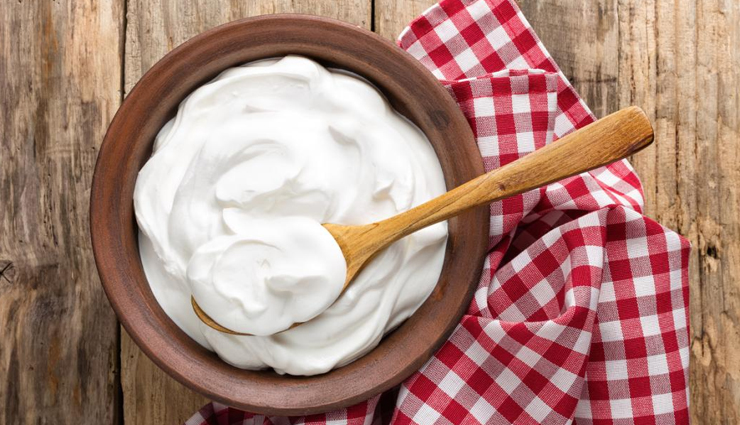
# Yogurt
Creating your own yogurt-based remedy for a skin infection can be a natural and cost-effective approach. Here's how to make a DIY yogurt treatment for a skin infection:
Ingredients:
Plain Yogurt: Ensure it's plain, unsweetened yogurt without any added flavors or sugar. The active cultures in yogurt, such as probiotics, can help combat certain types of skin infections.
Instructions:
- Start by gently cleaning the infected skin with mild soap and water. Pat it dry with a clean towel.
- Take a small amount of plain yogurt and apply it directly to the infected area. You can use a clean cotton ball or your fingers for application.
- Allow the yogurt to sit on your skin for about 20-30 minutes. This gives the beneficial bacteria in the yogurt time to work on the infection.
- After the allotted time, rinse the yogurt off with lukewarm water and pat the area dry.
- You can repeat this process a few times a day, as necessary. Make sure to use fresh yogurt each time and keep the affected area clean.
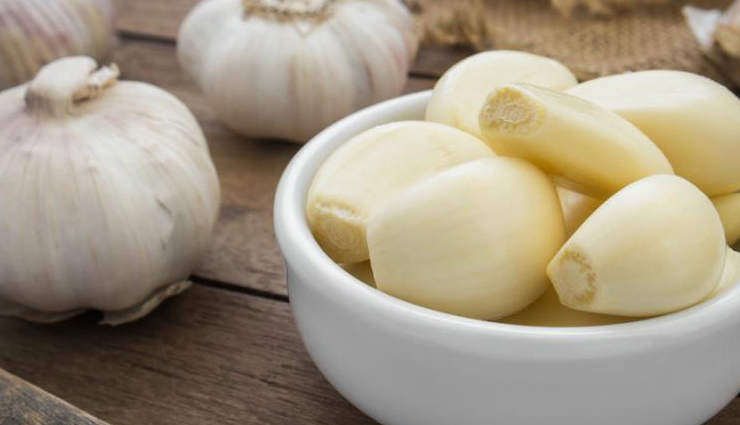
# Garlic
Using garlic as a DIY remedy for a skin infection is a natural approach that has been used for its potential antimicrobial properties. Here's a guide on how to create a DIY garlic treatment for a skin infection:
Ingredients:
Fresh Garlic Cloves: You will need one or more fresh garlic cloves.
Instructions:
- Take one or more garlic cloves, peel them, and finely crush or mince the garlic. Crushing the garlic releases allicin, a compound believed to have antimicrobial properties.
- Before applying garlic to the infected area, perform a patch test on a small, healthy section of skin to ensure you don't have an adverse reaction. Wait for 10-15 minutes and check for any irritation or discomfort.
- If the patch test doesn't cause adverse reactions, take a small amount of the crushed garlic and apply it directly to the infected area. You can use a clean cotton ball or your fingers for application. Be cautious not to apply too much, as garlic can be potent and may cause skin irritation in some individuals.
- You can cover the garlic-applied area with a sterile bandage or gauze if you prefer. This may help keep the garlic in place and prevent it from rubbing off.
- Allow the garlic to remain on the skin for a short period, typically around 10-15 minutes.
- After the designated time, carefully rinse off the garlic paste with lukewarm water.
- You can repeat this process a few times a day, as necessary. Always use fresh garlic for each application.
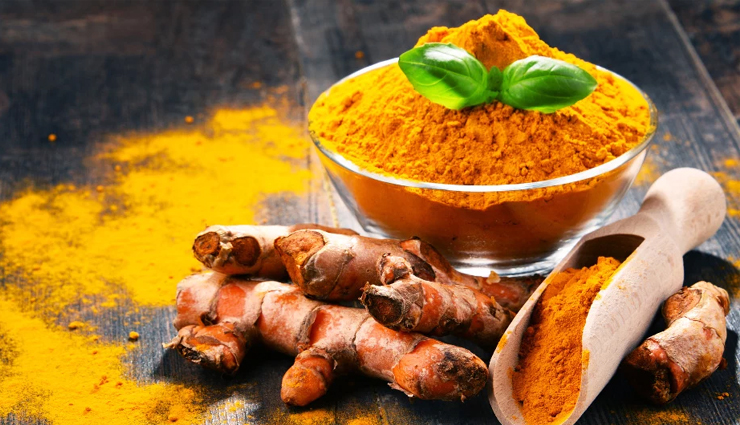
# Turmeric
Using turmeric as a DIY remedy for a skin infection is a natural approach that has been employed for its potential anti-inflammatory and antimicrobial properties. Here's how you can create a DIY turmeric treatment for a skin infection:
Ingredients:
Turmeric Powder: You'll need turmeric powder, which is readily available in most grocery stores.
Water or Coconut Oil: You can use either water or coconut oil as a base for creating a paste.
Instructions:
Option 1 (with Water):
- Mix turmeric powder with a small amount of water to create a paste. Add water gradually until you achieve a thick, spreadable consistency.
Option 2 (with Coconut Oil):
- Alternatively, you can mix turmeric powder with coconut oil to form a paste. This can provide additional moisturizing benefits to the skin. Adjust the ratio to achieve a paste-like consistency.
- Begin by gently cleaning the infected skin with mild soap and water. Pat it dry with a clean towel.
- Using a clean cotton ball or your fingers, apply the turmeric paste directly to the infected area. Be careful when applying to avoid staining your clothes or other surfaces, as turmeric can leave a yellowish tint.
- Allow the turmeric paste to remain on your skin for approximately 15-20 minutes. You may experience a slight tingling sensation, which is normal.
-After the allotted time, rinse the turmeric paste off with lukewarm water. You can use a gentle, circular motion to help exfoliate the skin as you rinse.
- You can repeat this process a few times a day, as necessary. Keep the affected area clean and dry between applications.
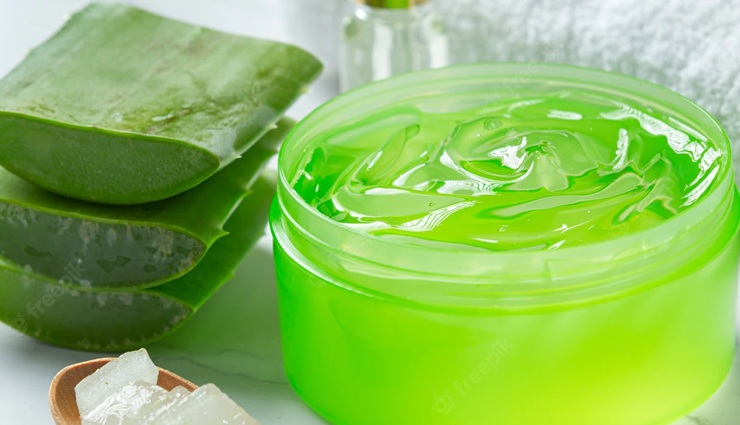
# Aloe Vera
Using aloe vera as a DIY remedy for a skin infection is a natural approach known for its soothing and potential antimicrobial properties. Here's how you can create a DIY aloe vera treatment for a skin infection:
Ingredients:
Aloe Vera Gel: You can either use fresh aloe vera gel extracted from an aloe vera plant leaf or purchase commercially available aloe vera gel without additives.
Instructions:
- If you have an aloe vera plant, cut a leaf and extract the gel by slicing it open and scooping out the clear, gel-like substance with a spoon. Ensure you wash the leaf and remove any yellowish latex near the skin, as it can be irritating.
- Begin by gently cleaning the infected skin with mild soap and water. Pat it dry with a clean towel.
- Take a small amount of aloe vera gel and apply it directly to the infected area. You can use a clean cotton ball or your fingers for application.
- Allow the aloe vera gel to remain on your skin. There's no need to rinse it off, as aloe vera is safe for topical use.
- You can apply aloe vera gel to the infected area several times a day, as necessary, to keep the skin moisturized and provide potential relief.
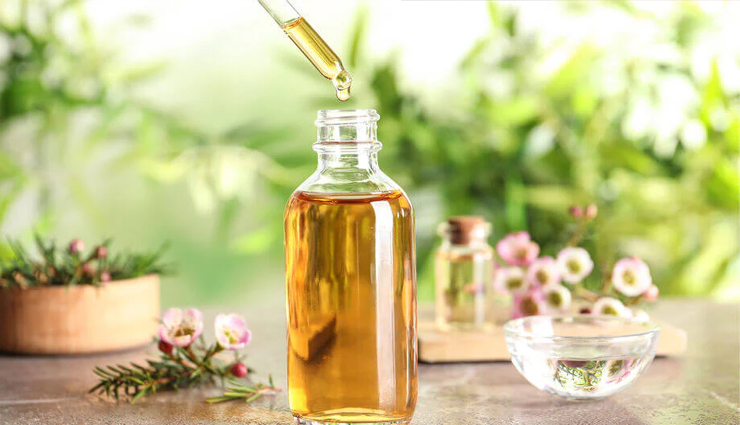
# Tea Tree Oil
Using tea tree oil as a DIY remedy for a skin infection is a natural approach that is known for its potential antimicrobial properties. Here's how you can create a DIY tea tree oil treatment for a skin infection:
Ingredients:
Tea Tree Oil: You'll need pure tea tree oil, which can be found at most health food stores or online.
Carrier Oil (Optional): To dilute the tea tree oil, you can use a carrier oil such as coconut oil, olive oil, or jojoba oil. This step is essential to prevent skin irritation, as tea tree oil can be strong.
Instructions:
- If you're using a carrier oil, mix a few drops of tea tree oil with a tablespoon of the carrier oil to dilute it. This dilution is crucial to avoid potential skin irritation. The ratio can vary, but a typical mixture is around 1-2 drops of tea tree oil per teaspoon of carrier oil.
- Begin by gently cleaning the infected skin with mild soap and water. Pat it dry with a clean towel.
- If you've diluted the tea tree oil, take a small amount of the diluted mixture and apply it directly to the infected area using a clean cotton ball or your fingers.
- Allow the tea tree oil mixture to remain on your skin. There's no need to rinse it off, as it can continue to work.
- You can apply the diluted tea tree oil mixture to the infected area a few times a day, as necessary.
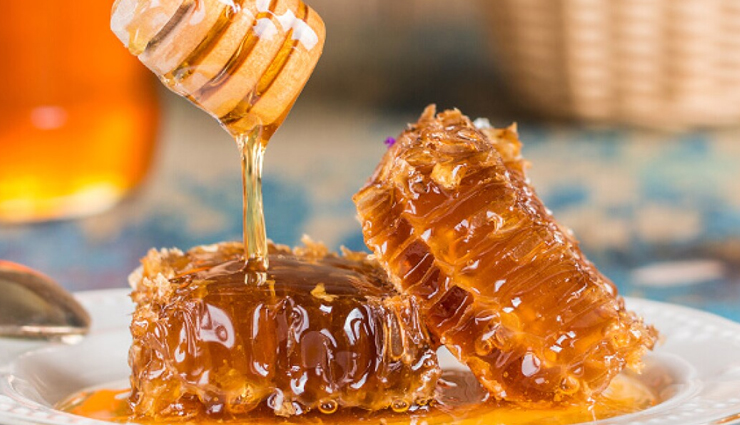
# Honey
Using honey as a DIY remedy for a skin infection is a natural approach known for its potential antimicrobial and wound-healing properties. Here's how you can create a DIY honey treatment for a skin infection:
Ingredients:
Raw Honey: You'll need pure, raw honey. Look for honey that is unprocessed and does not contain added sugars or additives.
Instructions:
- Start by gently cleaning the infected skin with mild soap and water. Pat it dry with a clean towel.
- Take a small amount of raw honey and apply it directly to the infected area. You can use a clean cotton ball or your fingers for application.
- If desired, you can cover the honey-applied area with a sterile bandage or gauze to keep it in place and prevent it from rubbing off.
- Allow the raw honey to remain on your skin. There's no need to rinse it off, as honey is safe for topical use.
- You can reapply raw honey to the infected area several times a day, as necessary, to keep the skin moisturized and provide potential relief.
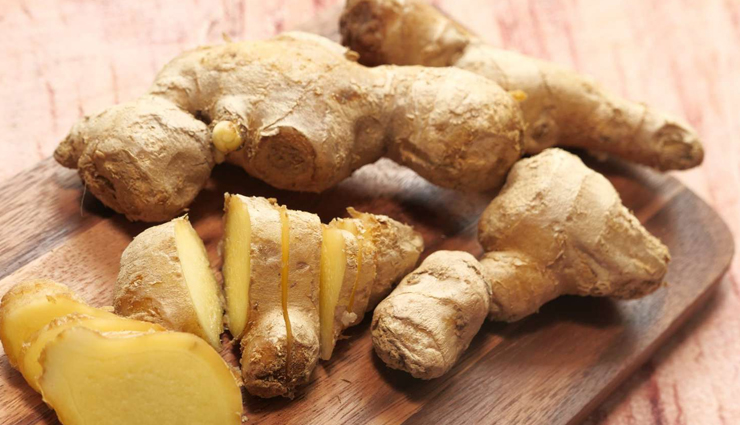
# Ginger
Using ginger as a DIY remedy for a skin infection is a less common approach, but it's known for its potential anti-inflammatory and antimicrobial properties. Here's how you can create a DIY ginger treatment for a skin infection:
Ingredients:
Fresh Ginger Root: You'll need a fresh ginger root for this remedy.
Instructions:
- Wash the ginger root thoroughly to remove any dirt or debris.
- Use a grater to grate the ginger root finely. You should end up with a paste-like consistency.
- Begin by gently cleaning the infected skin with mild soap and water. Pat it dry with a clean towel.
- Take a small amount of the grated ginger paste and apply it directly to the infected area. Be gentle when applying to avoid any discomfort.
- Allow the ginger paste to remain on your skin for about 10-15 minutes.
- After the designated time, rinse the ginger paste off with lukewarm water.
- You can repeat this process a few times a day, as necessary, to address the skin infection.
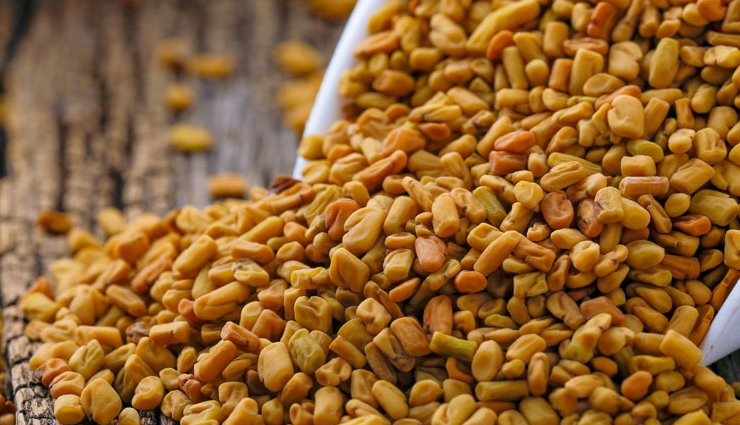
# Fenugreek
Using fenugreek as a DIY remedy for a skin infection is a less common approach, but fenugreek seeds are known for their potential anti-inflammatory and antimicrobial properties. Here's how you can create a DIY fenugreek treatment for a skin infection:
Ingredients:
Fenugreek Seeds: You'll need fenugreek seeds, which are available in most grocery stores or online.
Water: You'll need water for soaking and making a paste.
Instructions:
- Take a small handful of fenugreek seeds and soak them in water overnight, allowing them to soften.
- After soaking, drain the water and grind the fenugreek seeds to make a paste. You can use a food processor or a mortar and pestle.
- Begin by gently cleaning the infected skin with mild soap and water. Pat it dry with a clean towel.
- Take a small amount of the fenugreek paste and apply it directly to the infected area. You can use a clean cotton ball or your fingers for application.
- Allow the fenugreek paste to remain on your skin for about 20-30 minutes.
- After the designated time, rinse the fenugreek paste off with lukewarm water.
- You can repeat this process a few times a day, as necessary, to address the skin infection.
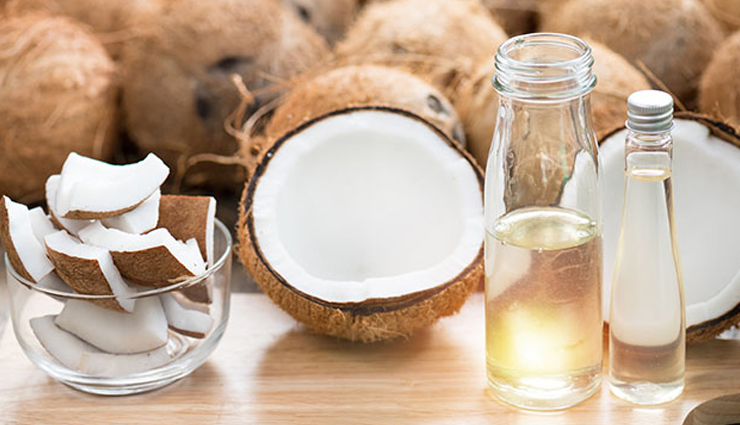
# Coconut Oil
Using coconut oil as a DIY remedy for a skin infection is a natural approach that may have some benefits due to its potential antimicrobial and moisturizing properties. Here's how you can create a DIY coconut oil treatment for a skin infection:
Ingredients:
Virgin Coconut Oil: Use high-quality virgin coconut oil, which is unrefined and has the most beneficial properties.
Instructions:
- Start by gently cleaning the infected skin with mild soap and water. Pat it dry with a clean towel.
- Take a small amount of virgin coconut oil and apply it directly to the infected area. You can use your fingers for application.
- Gently massage the coconut oil into the skin. This helps the oil penetrate and moisturize the affected area.
- Allow the coconut oil to remain on your skin. There's no need to rinse it off, as coconut oil is safe for topical use.
- You can apply coconut oil to the infected area several times a day, as necessary, to keep the skin moisturized and provide potential relief.
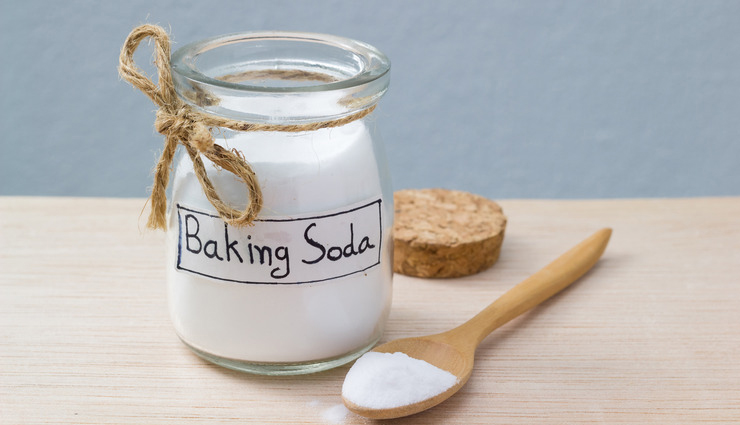
# Baking Soda
Using baking soda as a DIY remedy for a skin infection is a less common approach, but it can help alleviate certain symptoms associated with skin infections. Here's how you can create a DIY baking soda treatment for a skin infection:
Ingredients:
Baking Soda: You'll need plain baking soda, which is typically found in most kitchens.
Water: You'll need water to create a paste.
Instructions:
- In a small bowl, mix baking soda with a small amount of water to create a thick paste. Add water gradually until you achieve the desired consistency.
- Begin by gently cleaning the infected skin with mild soap and water. Pat it dry with a clean towel.
- Take a small amount of the baking soda paste and apply it directly to the infected area. Use a clean cotton ball or your fingers for application.
- Allow the baking soda paste to remain on your skin for about 10-15 minutes. You may experience a tingling sensation, which is normal.
- After the designated time, rinse the baking soda paste off with lukewarm water. Gently pat the area dry with a clean towel.
- You can repeat this process once a day or as necessary to address the skin infection.




